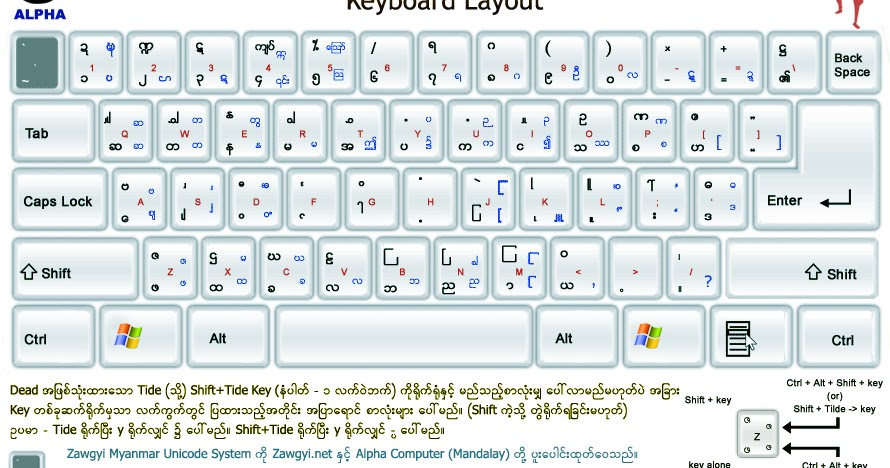Drivers Alcatel Composite RNDIS Interface
- x64-bit alcatel driver
- x64-bit alcatel android adb interface driver driver
- x64-bit alcatel adb interface driver driver
- x64-bit alcatel rndis interface driver driver
- x64-bit alcatel rndis driver driver
- x64-bit alcatel android adb interface driver 7 0 0 1 free download driver
- x64-bit alcatel android debug bridge interface driver driver
- x64-bit alcatel composite rndis interface driver 4 0 1 0 for windows 8 64 bit free download driver
- x64-bit alcatel composite rndis interface driver 4 0 1 0 for windows 8 64 bit driver
- x64-bit alcatel single rndis interface driver 4 0 1 0 for windows 8 64 bit driver
- x64-bit alcatel single rndis interface driver 4 0 1 0 for windows 8 64 bit free download driver
- x64-bit alcatel composite rndis interface driver 4 0 1 0 for vista windows 7 64 bit free download driver
- x64-bit alcatel android adb interface driver 7 0 0 1 driver
- x64-bit alcatel single rndis interface driver 4 0 0 0 for vista windows 7 64 bit free download driver
- x64-bit alcatel single rndis interface driver 4 0 0 0 for vista windows 7 64 bit driver
- x64-bit alcatel single rndis interface driver 4 0 1 0 for vista windows 7 64 bit driver
- x64-bit alcatel single rndis interface driver 4 0 1 0 for vista windows 7 64 bit free download driver
- x64-bit alcatel composite rndis interface driver 4 0 1 0 for vista windows 7 64 bit driver
- x64-bit download alcatel composite rndis interface driver 4 0 1 0 for windows 8 64 bit driver
- x64-bit download alcatel single rndis interface driver 4 0 1 0 for windows 8 64 bit driver
I owe my very rapid learning journey in the world of ConfigFs to several key sources which aren't necessarily relevantto this result, but I feel deserve a mention anyway.
- This really demystified configfs for me, and stopped me being afraid of it: http://events.linuxfoundation.org/sites/events/files/slides/USB%20Gadget%20Configfs%20API_0.pdf
- I borrowed heavily from this Mindstorms EV3 script: https://github.com/ev3dev/ev3-systemd/blob/ev3dev-jessie/scripts/ev3-usb.sh
- Desperately trawled this thread for answers: https://answers.microsoft.com/en-us/windows/forum/windows_10-networking-winpc/windows-10-vs-remote-ndis-ethernet-usbgadget-not/cb30520a-753c-4219-b908-ad3d45590447?auth=1
- This guide is handy: http://irq5.io/2016/12/22/raspberry-pi-zero-as-multiple-usb-gadgets/
Remote Network Driver Interface Specification (RNDIS) is a Microsoft proprietary protocol. Devices using a USB connection for downloading and debugging of OS image from Platform Builder use this driver to emulate a network connection. RNDIS driver is required for this purpose. Here is a step by step manual guide for Android USB Ethernet/RNDIS software installation process on Windows 7 / 8 / 8.1 / 10 / Vista / XP. 1 Download R291096.exe file for Windows 7 / 8 / 8.1 / 10 / Vista / XP, save and unpack it if needed.
One of the biggest and most repeated issues with the Pi Zero and OTG USB is that a composite gadget including RNDIS Ethernet forEthernet-over-USB support in Windows will not automatically install drivers and, furthermore, is a heinous pain to install driversfor. My original idea was to develop and sign drivers to solve this problem- I still plan to do that, because the solution presentedhere is a hack - but it turned out signing inf files is really waaay more complex than it has any right to be.
So, using the resources above, plus some others (probably) which I've forgotten, and lots, and lots and lots of trial and errorI finally accidentally hit upon a method to trick Windows 10 - repeatably I believe - into installing RNDIS drivers for a composite gadget.
The technique is ridiculously simple; Alienware area-51 driver.
- Set up an RNDIS gadget using a VID/PID of a known good device that's compatible with composite RNDIS
- Set bDeviceClass and bDeviceSubClass to 0x02 for a valid gadget
- Set up the 'os_desc' node with Windows magic (I don't think this is 100% necessary, but voodoo is voodoo!
- Link only the RNDIS function to the config
- Attach the USB gaget to the device
- Wait some time for Windows to detect/install drivers- 5sec seems plenty as it happens, some experimentation required here
- Detach the USB gadget
- Link the rest of your functions- Mass Storage, Serial ACM, etc ( So far only tested with these )
- Set bDeviceClass to 0x00
- Re-attach the USB gadget
- Now it should show up - in Windows 10 at least - as a composite gadget with functional RNDIS, Serial and Mass Storage. Yay!

Drivers Alcatel Composite Rndis Interface Settings
2017-11-05 - 00:26 - Tweaked to better support OSX. Still no RNDIS funcionality in 10.12, but Mass Storage and Serial seem to work